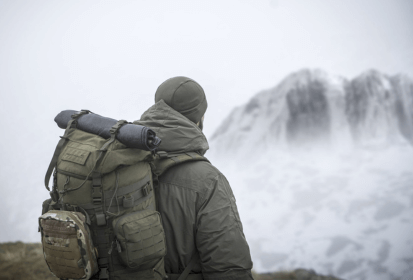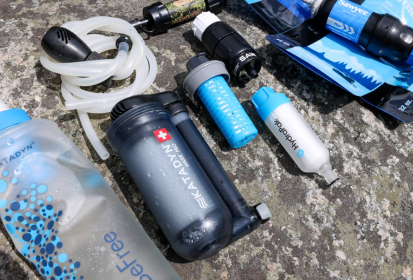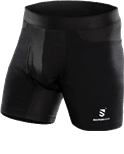Summer functional clothing is directly related to thermal clothing and its main function is to maintain body temperature in different conditions.
Summer functional clothing is directly related to thermal clothing, but it has more uses than to just maintain body temperature. So when we are talking about thermal wear, oftentimes we mean some functional clothing.
What can we expect from summer functional wear ? Its main function is to maintain body temperature in different conditions. In cold conditions it must keep you warm, in summer cold and during sport activities it should provide moisture wicking and quick-drying properties. All this helps to maintain body temperature and the body is also not subject to so many bacteria and viruses that usually appear due to temperature changes.
What are the features of summer functional clothing ?
Sometimes we may here somebody calling it active summer wear or active wear but in general it is all the same - summer functional wear, which has some extra interesting features. Unlike traditional products on the market it is made from special fabrics, which provides this type of clothing with amazing features (some of them you can really notice and feel during more demanding physical activies such as running, etc.):
- Summer functional wear allowing sweat to be absorbed away from the skin
- Summer functional wear is extremely quick-drying
- Summer functional wear is ultra light
- Summer functional wear is actively anti-allergenic
- Summer functional wear is flexible
- Summer functional wear is compressive
- Summer functional wear is highly-durable
Proper layering of summer functional wear
In the past, when some bad weather appeared, it was common that the average person would wear as many other layers of clothing as possible. But with the invention of thermal clothing, we found out that this is optimal to protect us against external influences and climate changes.
The whole system works thanks to the air that is captured between the layers of clothing. This air is then warmed up with body temperature and forms an excellent thermal insulation. By the way, it also proves that one thick layer is heavier and less warm, compared to two thin layers with the air pocket. So that also means if your third (top) layer is not functional, the other functional clothing will not work.
How to take care of your functional garments and can we wash it?
The very first thing you should do after purchasing your summer functional wear is to follow the washing and care instructions on the product label. But as a rule of thumb, wash the clothes no higher than 40 °C using only special laundry detergents for functional clothes.
Never use fabric softener. The fabric softener wraps the fibers in the membranes, destroys them and the clothes lose their functionality. For removal of extra dirt or stains on such clothing we recommend to either leaving it to experts (professional dry cleaners), or used already mentioned special laundry detergents for functional garments.
Any thermal wear/ sumer functional clothing wash turned inside out. Why is that ? Some of the prints, zippers, etc. may cause damage with these finer fabrics. Fortunately, similar things can be "spin-dry" in the washing machine.
As for the washing your summer functional garments while outdoors, you can of course wash them by hand (cold water is fine) and then leave them dry naturally. Thanks to the properties of this clothing, it will dry quickly.
After any exercise wash your functional clothing by hand and leave them to dry. This will prevent stains caused by sweating. Be careful with some deodorants/antiperspirants as they may leave some stains too.
Close all zippers and wash the different colours separately. Also do not soak your functional garments and then leave them dry on direct sunshine. And do not iron functional clothes.
What does summer functional clothing consist of ?
Modern version of summer functional wear usually consists of three layers:
Moisture wicking layer – its main purpose is to absorb sweat away from the skin. Thanks to it the skin stays dry and the sweat is no longer an issue. It is logical: the larger the area you offer, the faster it will be evaporating + the more absorbing it is, the easier it is to wick the sweat away. With the base layer, manufacturers usually reach for materials where the priority is movement ( the moisture wicking layer does not have to be tight but it does not do any harm either thanks to the sweat absorbtion). However, sleeves and collar should be tight and copy the skin. The important thing is, that you should always feel comfortable in such materials (when you don´t feel comfortable then you might need different fit or size). One of the best fabrics here is for example polyester: it has great moisture wicking properties. Wool (must be the finest wool) is also a good choice, but without odour it will not last the same as other synthetic materials. Silk is pleasant and soft to the touch, but it is not a material famous for its resistance and requires more care.
Insulation layer – ideally the insulation layer surronds the base (moisture wicking) layer from the greater distance to create another layer (there is no insulation when the air is captured here). But be careful, even these garments shouldn´t be too loose as it affects moisture wicking properties of the base layer. The most common choice is wool which offers excellent insulating properties, even when wet. It also provides good properties when it comes to moisture wicking and odour elimination. Merino woool is a great example. It is exceptionally warm and soft at the same time. As for the synthetic fabrics (polyester etc.), they are ok too. They don´t have as good warming properties as wool, but they are lighter, less expensive and also dry more quickly.
Outer layer – as the name suggest, outer (protective) layer is a shield between your surroundings and you. Therefore it must be water and wind resistant. In addition to wind and water resistance, it must be also breathable. So when choosing such garments, focus primarily on permeability and breathability. Althought hi-tech materials are used, it is always compromise between wind/water resistance on one side and the breathability on the other (logically it can not provide 100% satisfaction for each of these). To determine the healthy breathability rating, it is good to realize where we will mainly use it. Someone who does mountain walking will have different demands than the one who only goes for short city walks. Just like with the insulation layer, even here our garments shouldn´t be too tight to create an air pocket for sweat absorption. One of the most practical things for summer/fall climates are softshell jackets. They are not as wind/water resistant but they provide nice moisture wicking properties, are lightweight, comfortable and also not expensive. On the other hand, the hardshell is a material, that is fully water resistant as well as breathable. The main feature of hardshell is a special membrane, which is water resistant and breathable. Gore-Tex is probably the most well known type of hardshell.
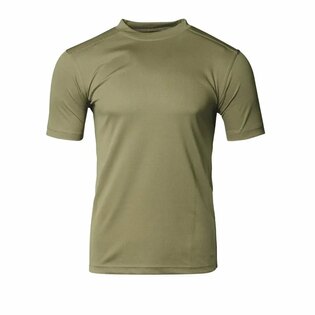
Coolmax Light functional T‑shirt original British Army / used
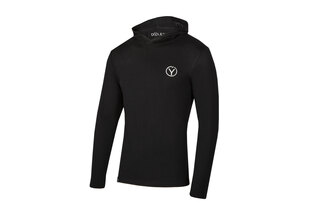


Dýlejc® Solis Merino shirt
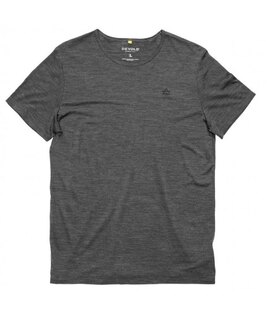


Devold® Active Merino functional T‑shirt
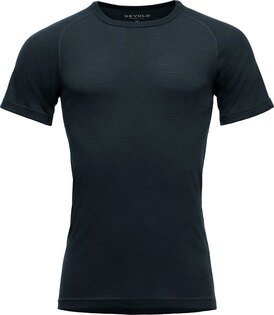


Devold® Lauparen Merino 190 Base functional T‑shirt
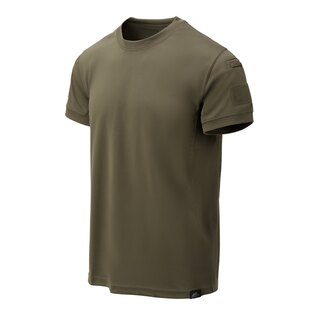


Helikon‑Tex® TopCool Lite t‑shirt
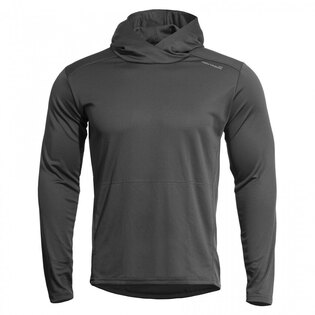


Orion Pentagon® functional shirt
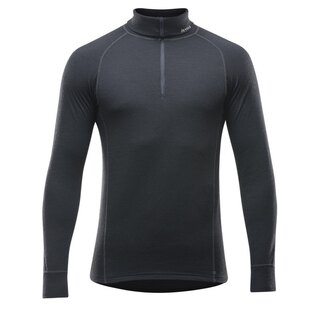
Devold® Duo Active Merino 210 Zip Neck functional shirt long sleeve
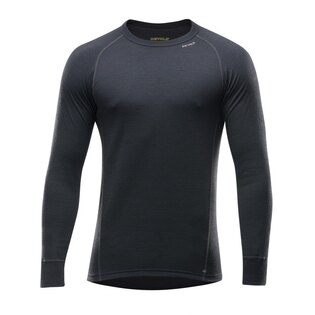
Devold® Duo Active Merino 210 functional shirt long sleeve
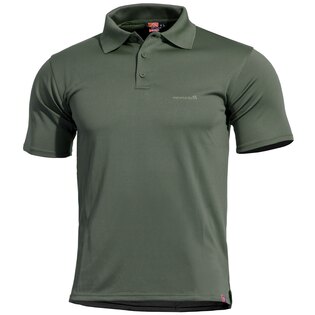


Anassa Quick Drying Polo Shirt Pentagon®
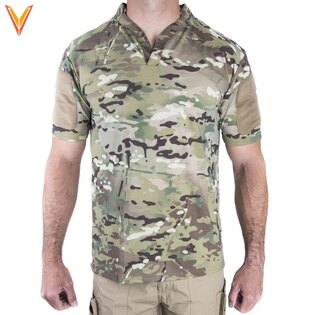


Boss Rugby Shirt Velocity Systems®
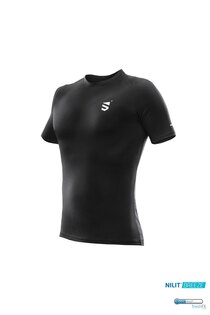


Scutum Wear® Christoph functional t‑shirt
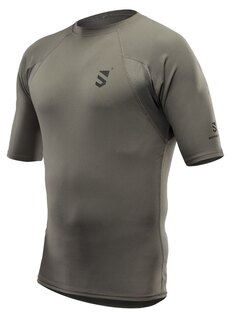


Scutum Wear® Erik Functional Short Sleeve T‑shirt
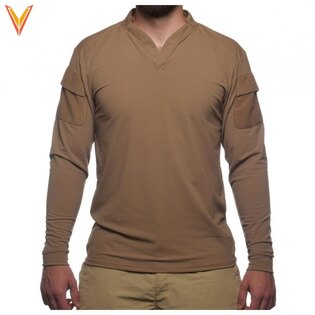


Long Sleeve Shirt Boss Rugby Velocity Systems®
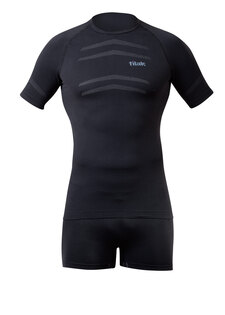


Tilak Military Gear® Ultralite T‑shirt
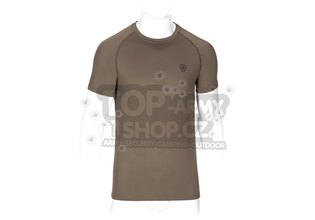


Performance T‑shirt T.O.R.D. Athletic Outrider Tactical®
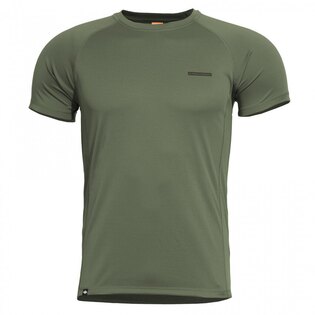


Body Shock Activity T‑Shirt Pentagon®
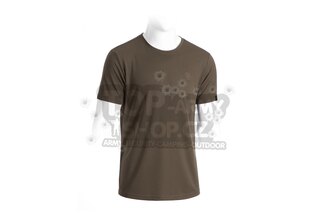


T.O.R.D. performance Utility Outrider Tactical® T‑shirt
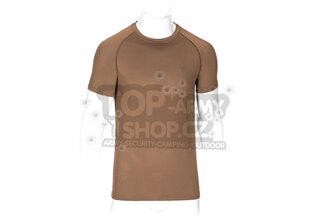


Performance T‑shirt T.O.R.D. Covert Athletic Outrider Tactical®
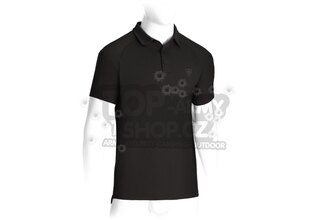


T.O.R.D. Perfomance Polo Shirt Outrider Tactical®
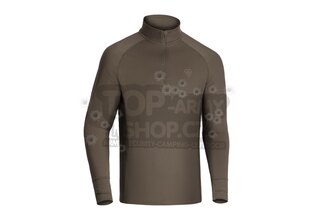


T.O.R.D. Long Sleve Shirt Outrider Tactical®
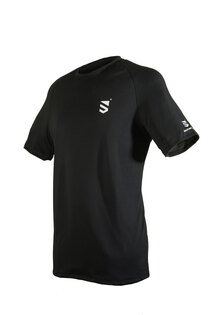


Functional T‑shirt Alpha Scutum Wear®
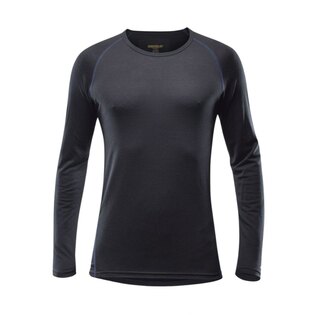
Functional shirt Breeze Merino Devold®
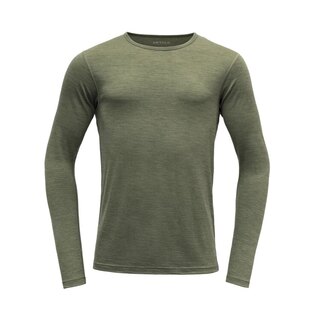
Functional shirt Breeze Merino 150 Devold®
